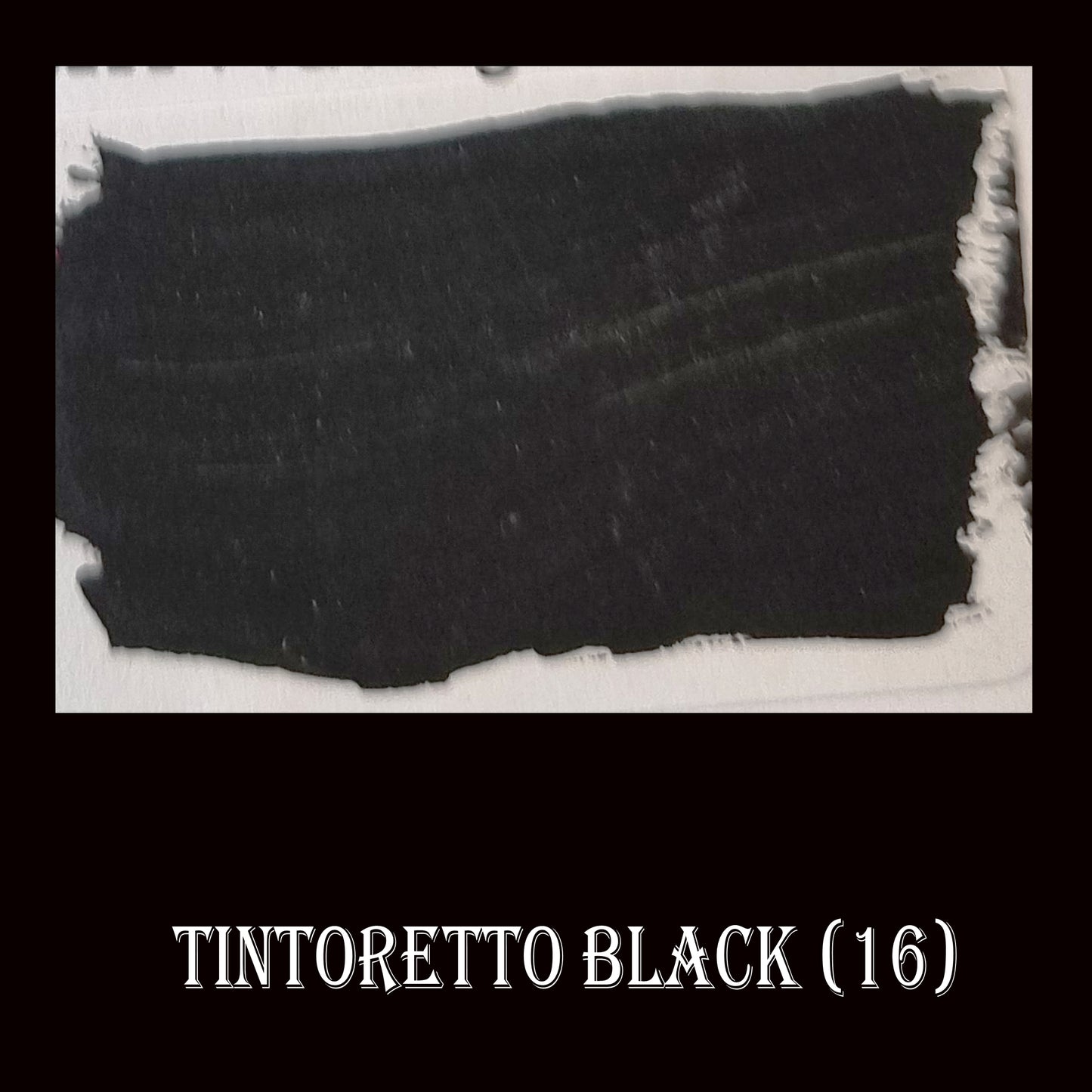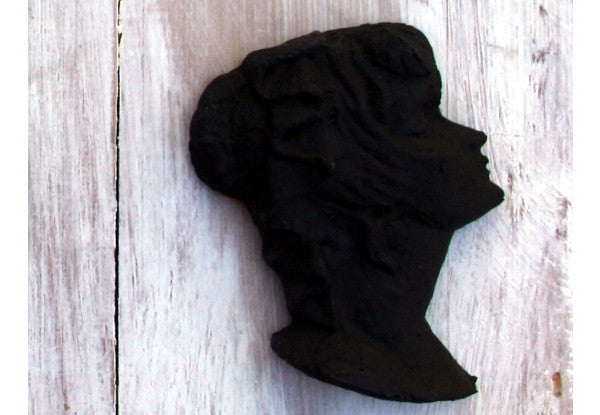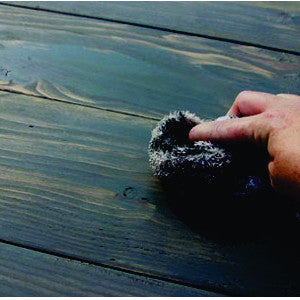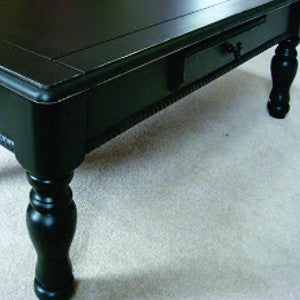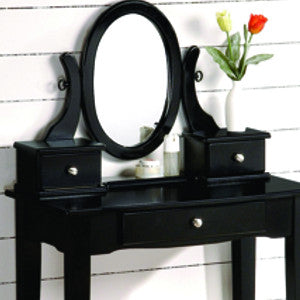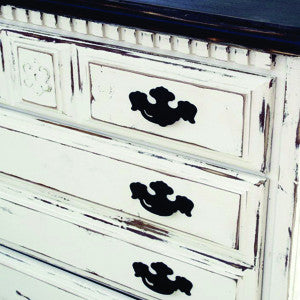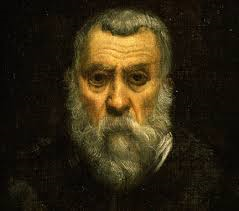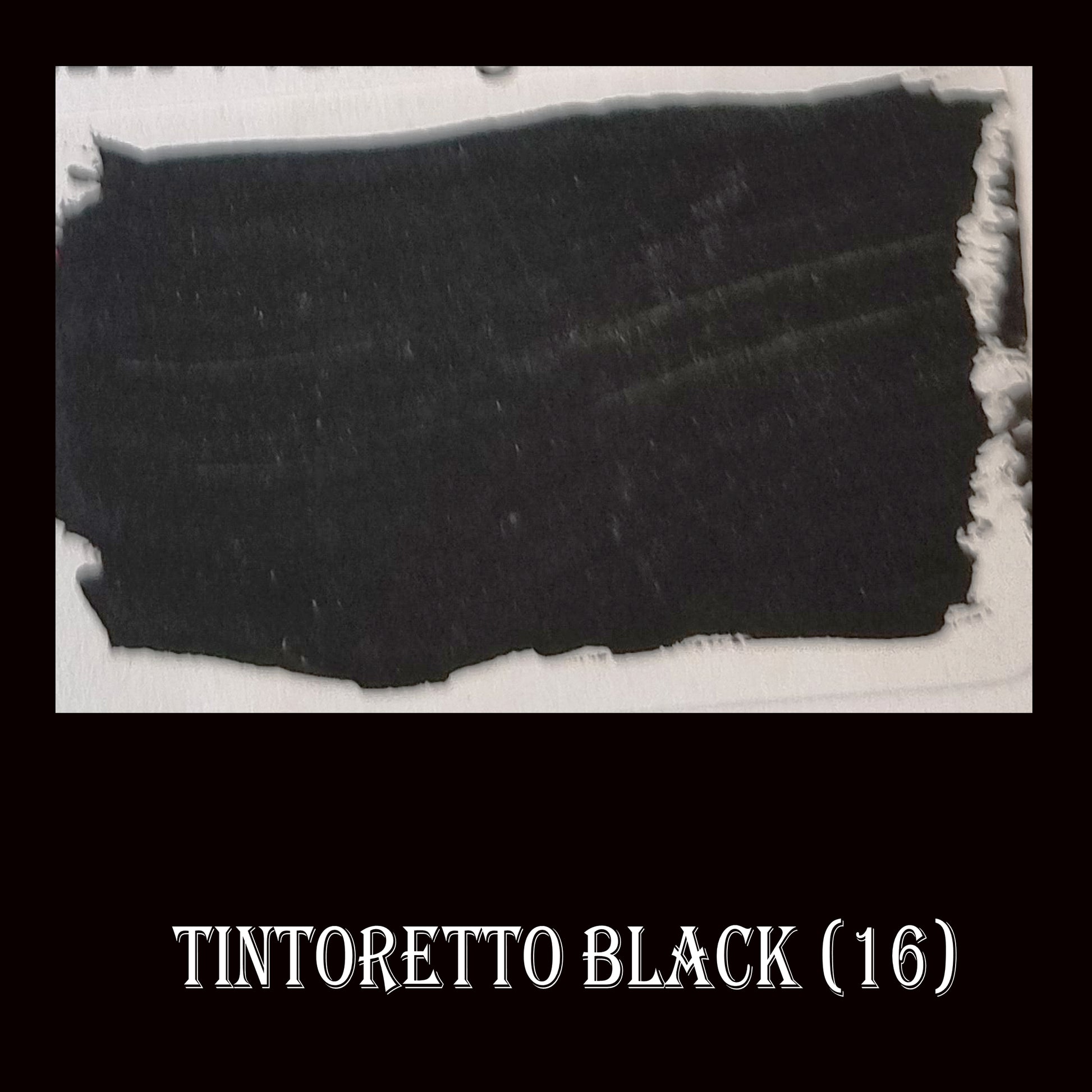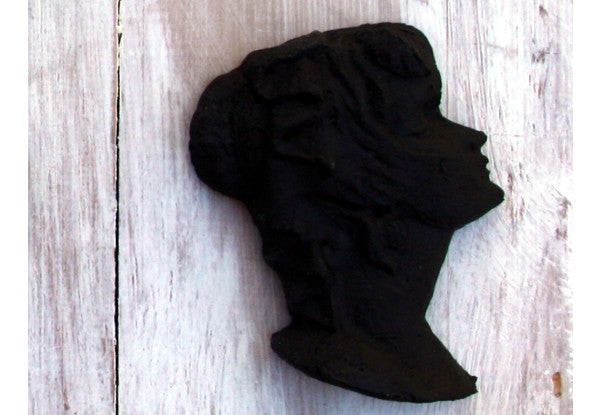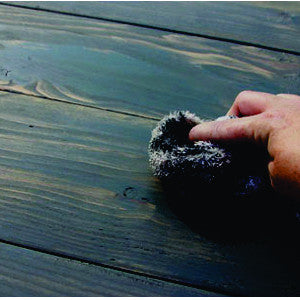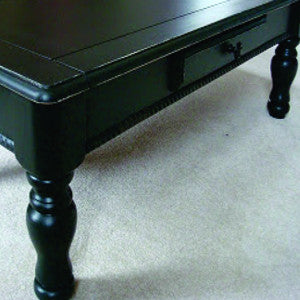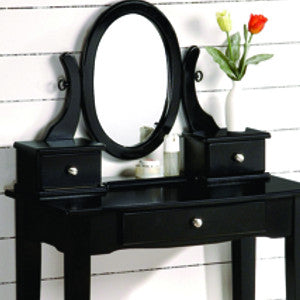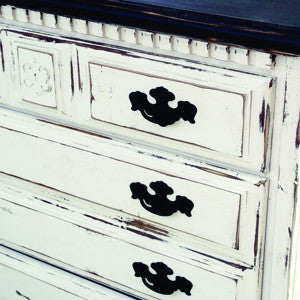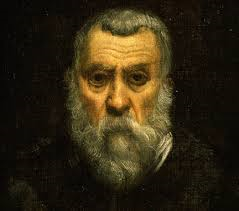1
/
of
7
Da Vinci Paint
16 Chalky Finish Paint Tintoretto Black
16 Chalky Finish Paint Tintoretto Black
Regular price
$8.95 NZD
Regular price
Sale price
$8.95 NZD
Unit price
/
per
Tax included.
Shipping calculated at checkout.
Couldn't load pickup availability
This Antique chalk finish paint colour Tintoretto Black) is a Strong colour that makes a statement.
Da Vinci's Chalky Paint Finish is a self-priming chalky paint in a range of Shabby Chic Colours inspired by Renaissance painters. It can be a base coat, a second coat, or a single coat finish. This unique decorative finish is developed for furniture, floors, and walls.
Some ideas you can use Tintoretto
- use as a wash over bare wood. thin Tintoretto (for a black paint wash) down 1 part Roma wash to one part paint and stir well. Apply with a brush over the surface ( I normally work in sq foot sizes at a time)and wipe off with a damp rag until you achieve the result you like
- Black and Leonardo are our two best colours to create an aged or distressed white piece of furniture. I like the look of a black top on the furniture you do but I don't wax as I prefer to use Da Vinci glaze and medium as it gives a better longer lasting finish. if you want a gloss use a water-based polyurethane top coat.
Once finished for protection you could:
- apply a coat of clear soft wax to leave a smooth satin finish
- wipe a coat of coat of Eco-Wax liquid carnauba for a harder finish with a slightly buff colour for aging
- apply a clear soft wax and once dry apply a dark soft wax for an antique look
- For a hardwearing finish such as a table top then we recommend Glaze & Medium for a satin clear finish
- For dark colours you could use liming or white wax to soften paint colour
- Leave Au natural as a matt finish
Please note colours are an indication only as computer screens an programs may change colours. where possible photos have been provided to show a more accurate presentation of how it will look.
Jacopo Tintoretto was born in Venice in 1518, as the eldest of 21 children. His father, Giovanni, was a dyer, or tintore; hence the son got the nickname of Tintoretto, little dyer, or dyer's boy, which is anglicized as Tintoret. The family originated from Brescia, in Lombardy, then part of the Republic of Venice. Older studies gave the Tuscan town of Lucca as the origin of the family.
In childhood Jacopo, a born painter, began daubing on the dyer's walls; his father, noticing his bent, took him to the studio of Titian to see how far he could be trained as an artist. We may suppose this to have been towards 1533, when Titian was already (according to the ordinary accounts) fifty-six years of age.
Tintoretto had only been ten days in the studio when Titian sent him home once and for all, the reason being that the great master observed some very spirited drawings, which he learned to be the production of Tintoretto; and it is inferred that he became at once jealous of so promising a scholar. This, however, is mere conjecture; and perhaps it may be fairer to suppose that the drawings exhibited so much independence of manner that Titian judged that young Jacopo, although he might become a painter, would never be properly a pupil.
Checklist for ideas
- Wood appliques
- waxes
- Furniture stencils
- transfers
- Brushes and applicators
All products Shipped from New Zealandall products include GST
